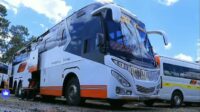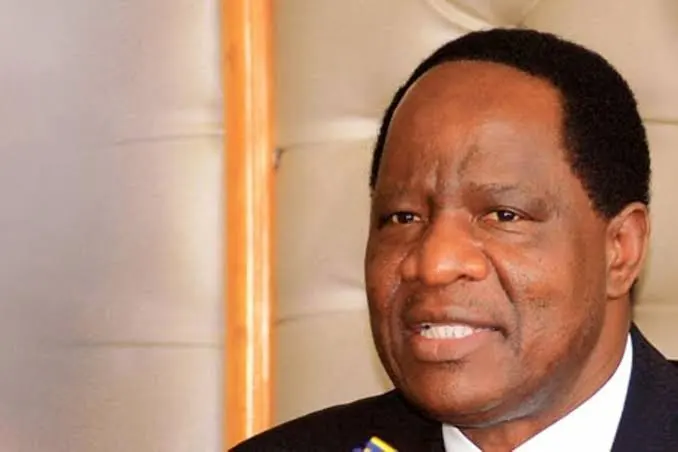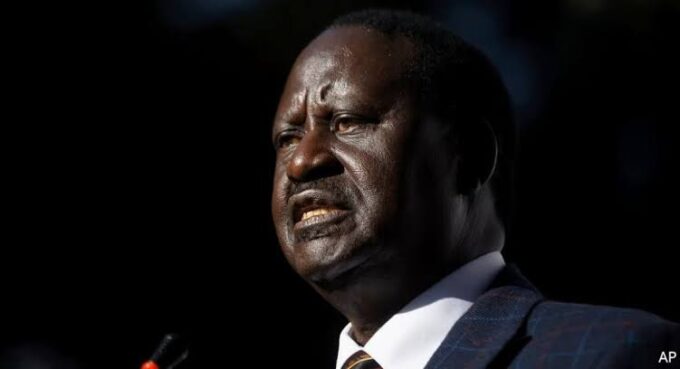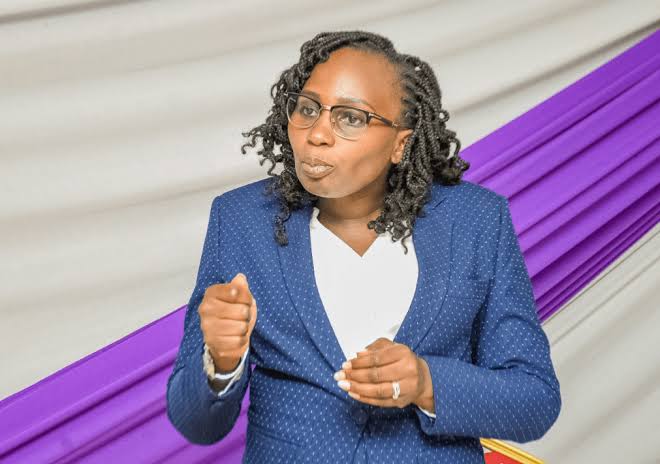Livestock traders use a water bus to transport animals from Homa Bay Town to Kunya beach in Uyoma in Siaya county on September 8,2024. /Photo credit: George Odiwuor / Nation Media Group
The East African Community (EAC) is working towards unlocking the full potential of Lake Victoria to create a sustainable blue economy for the region. At a recent side event during COP 29 in Baku, Azerbaijan, experts called for increased collaboration between development partners, the Lake Victoria Basin Commission (LVBC), and the partner states to improve the lake’s infrastructure and inland port systems.
The ongoing infrastructural upgrades in Kenya, Uganda, and Tanzania have already started to show positive results, with experts noting significant improvements in maritime trade. The push to enhance Lake Victoria’s transport network aims to boost trade and tourism, with projections suggesting that upgraded transport systems could generate annual trade worth USD 60 billion.
Andrea Ariik, the EAC’s Deputy Secretary General for Infrastructure, Productive, Social, and Political Sectors, highlighted the importance of these developments in enhancing the region’s maritime safety and trade. He pointed to key projects such as the modernization of dry-docking facilities in Kisumu and Mwanza, as well as the establishment of Maritime Rescue Coordination Centres in Mwanza, Entebbe, and Kisumu. These measures are expected to significantly improve both safety and trade efficiency on the lake.
The region has also seen the renovation of critical ports, with Kisumu’s port renovation and the introduction of new vessels, including the MV Uhuru II, enhancing transport capacity. Similarly, Uganda has renovated Port Bell, and Tanzania has upgraded its docking facilities in Mwanza. Furthermore, the development of the new Bukasa Port in Uganda is expected to create a sustainable multi-modal transport corridor along the Central and Northern Corridors.
Ariik also emphasized the environmental benefits of these projects, noting that the introduction of new cargo vessels, such as fuel tankers, has led to a significant reduction in the use of fuel trucks. This shift has removed approximately 300 fuel trucks from the roads, cutting down on pollution and promoting greener transport options.
The EAC is also looking beyond Lake Victoria to other regional waterway systems. Ariik pointed out that improving the navigability of rivers such as the Akagera and the Nile could benefit landlocked countries like Rwanda, Uganda, Burundi, and eastern Democratic Republic of Congo. These nations heavily rely on efficient transport routes to access seaports and improve regional trade.
Experts also emphasized the need for stronger regulatory frameworks at both the national and regional levels, as well as the establishment of navigational aids, to ensure the sustainable and efficient use of the region’s waterways. Addressing these challenges is seen as essential for unlocking the full economic potential of East Africa’s inland waterway systems.











